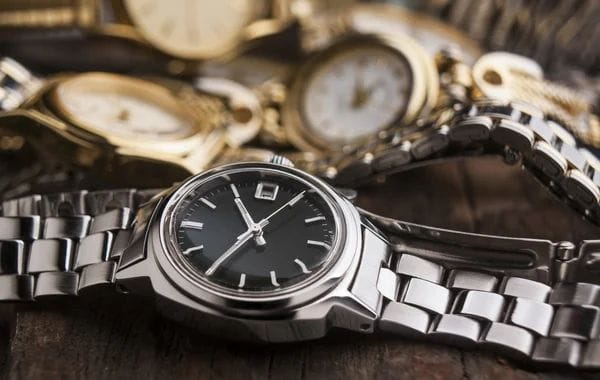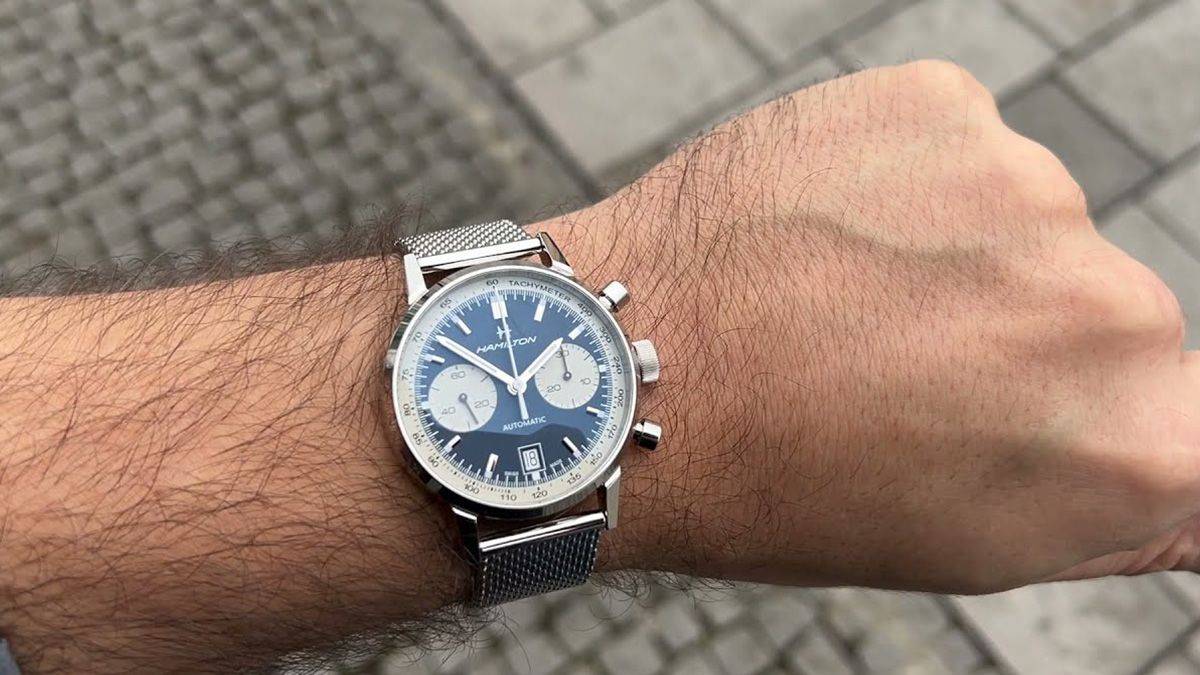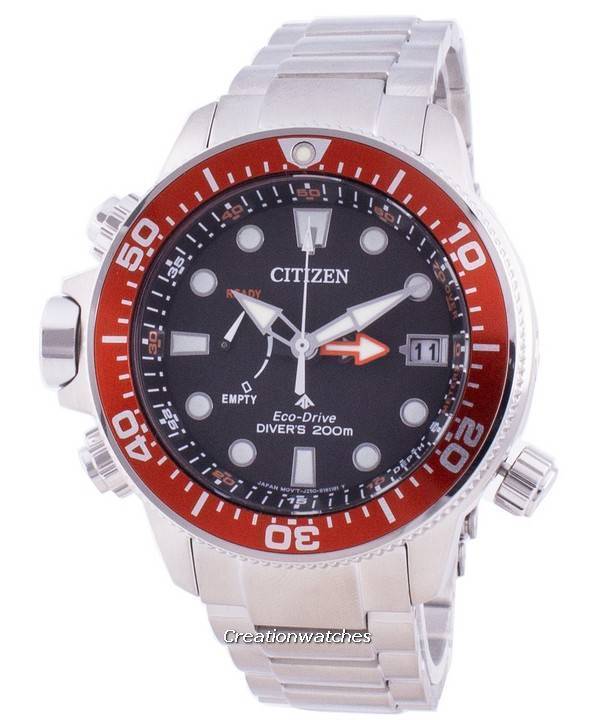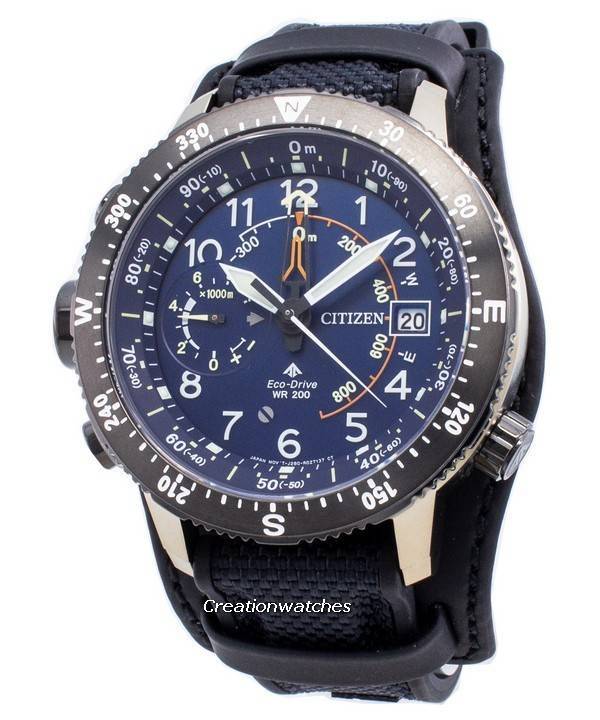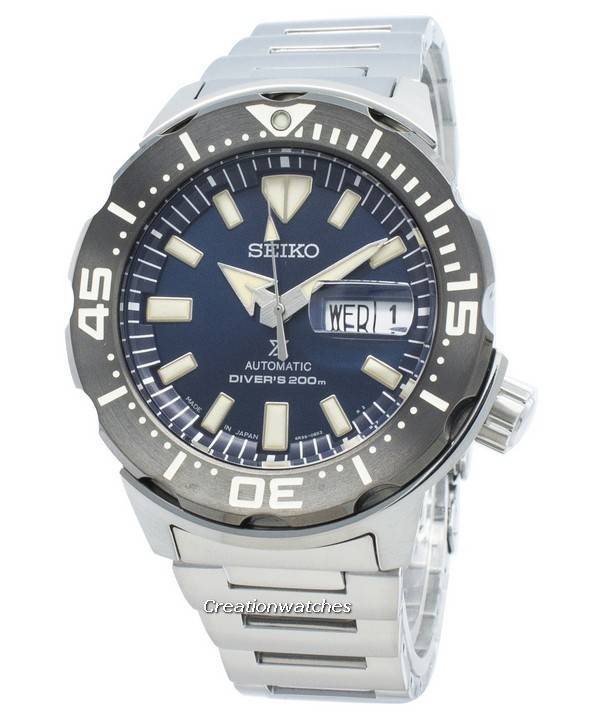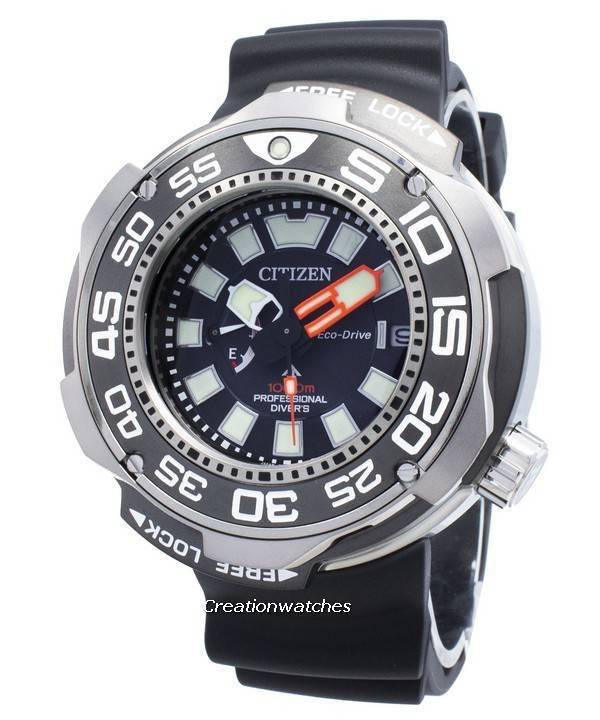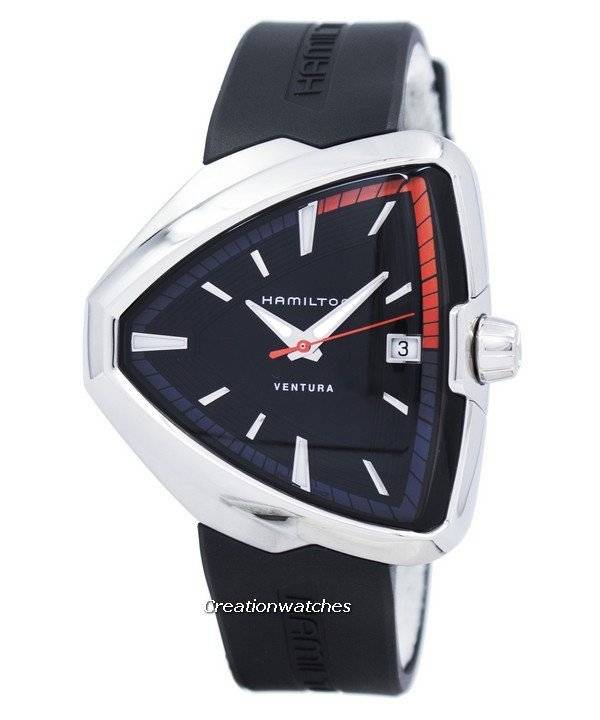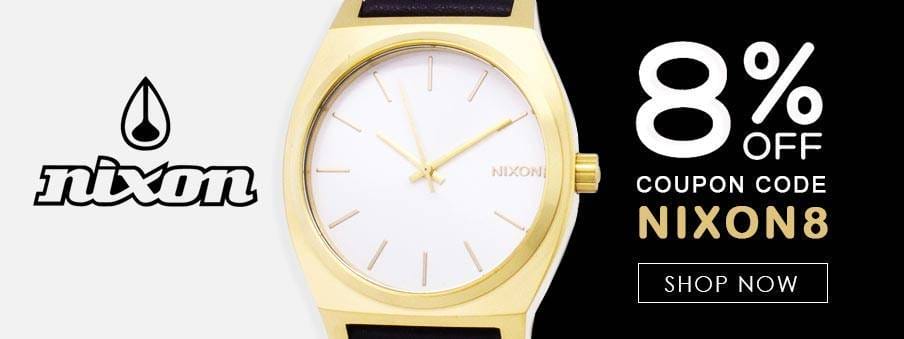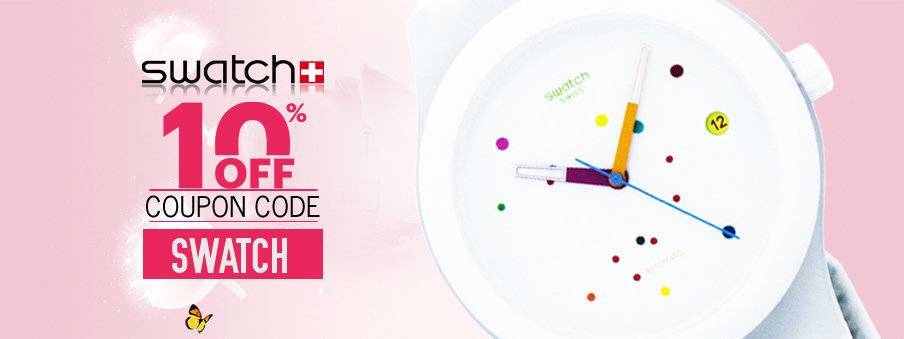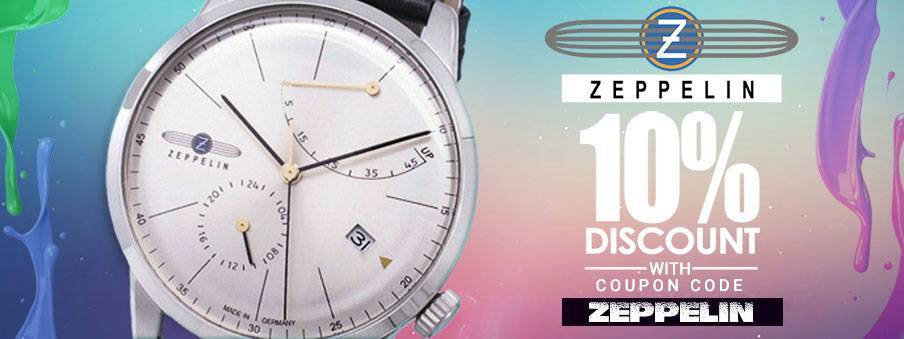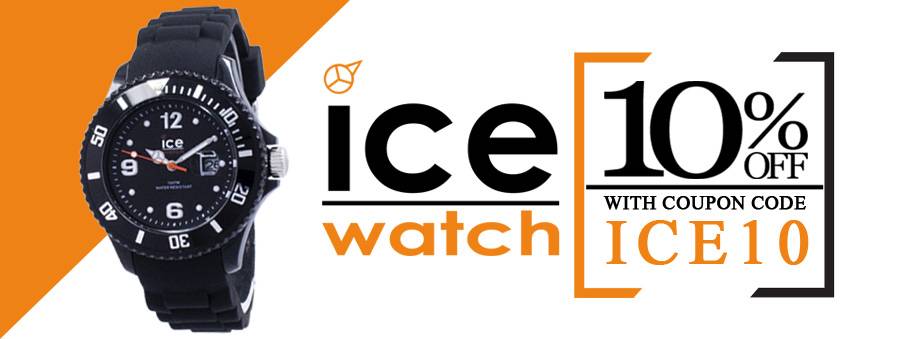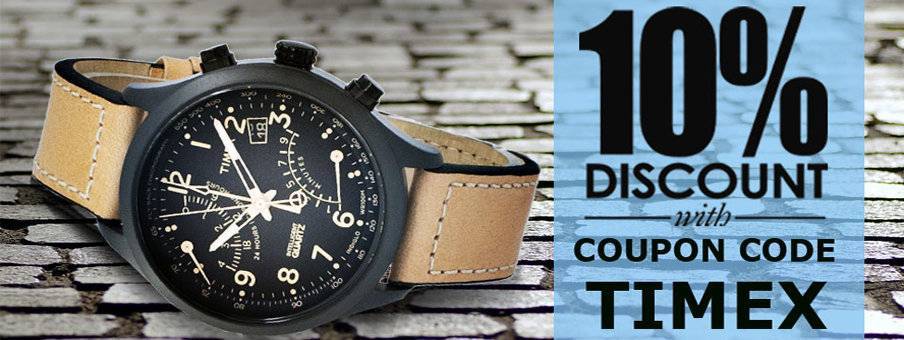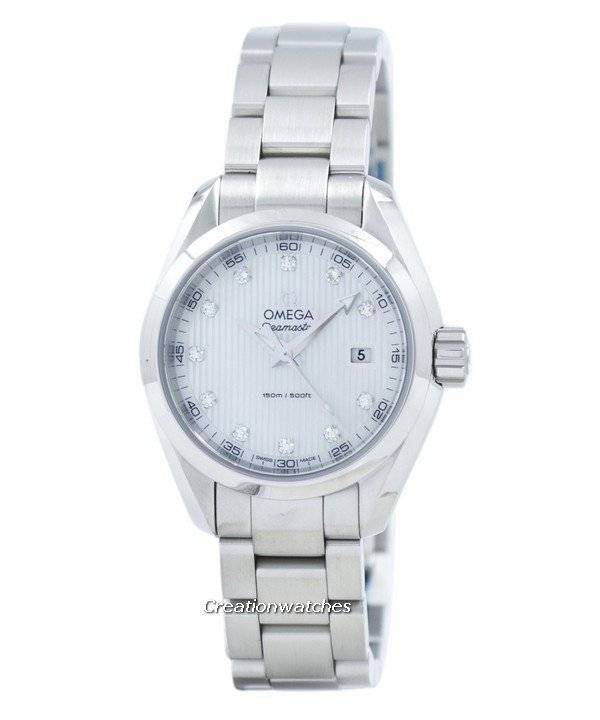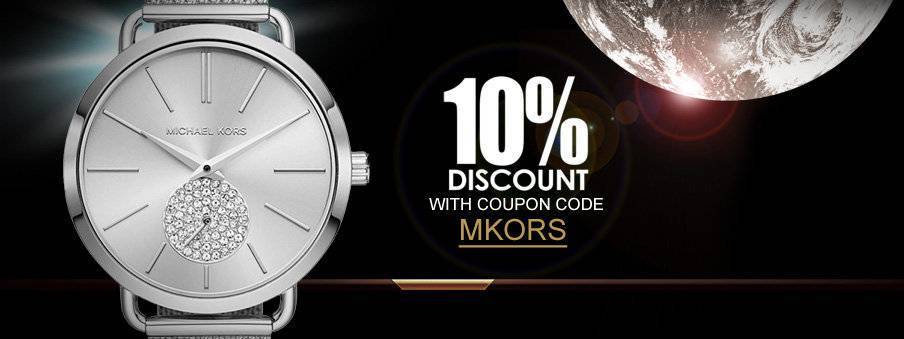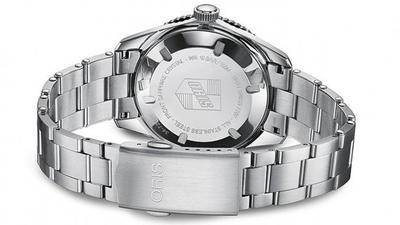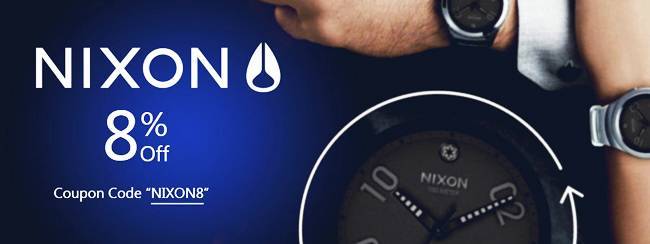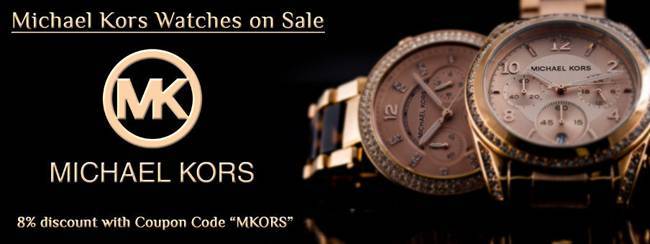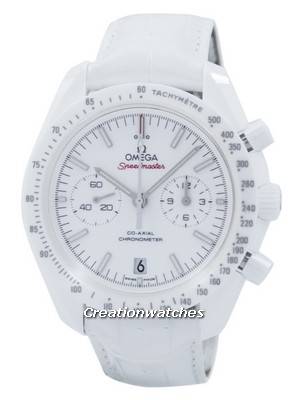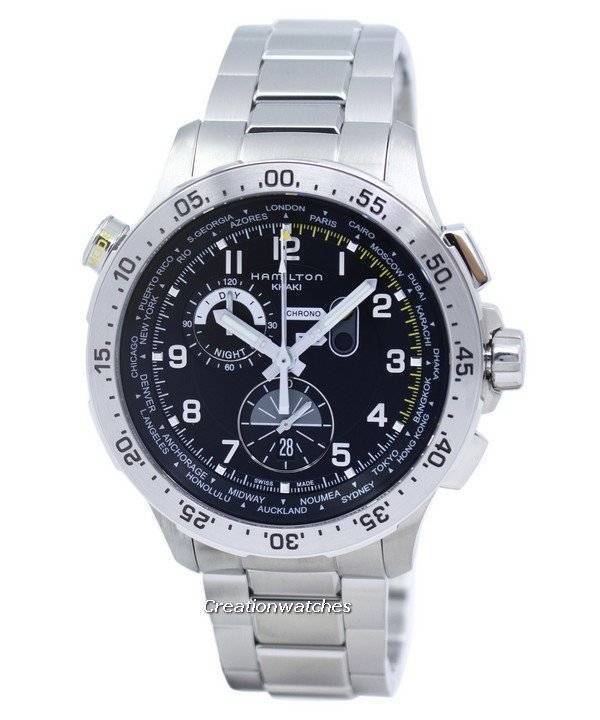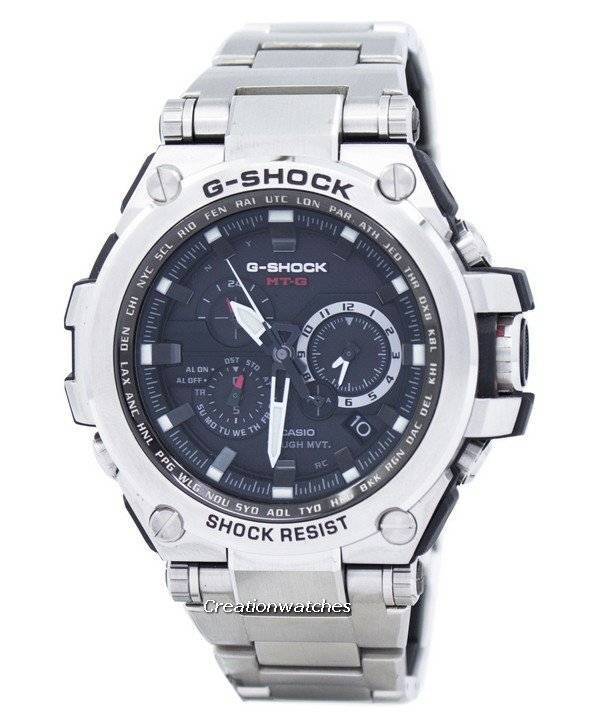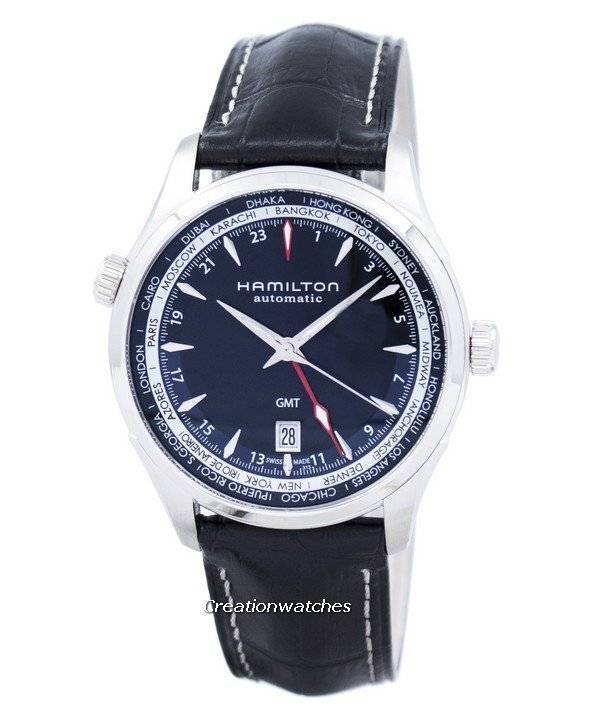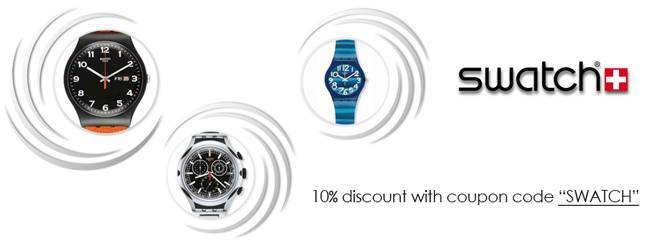 Damn, it almost went out my mind. We still need to catch up on the slide rule discussions from where we left it. The next step to that is the miles (or, miles per hour) converted to kilometers (or Km per hour). Calculating a distance or speed in kilometers from a given distance or speed in miles is found galore over the Net, so let’s know the ways to know if fuel is less than a tankful.
Damn, it almost went out my mind. We still need to catch up on the slide rule discussions from where we left it. The next step to that is the miles (or, miles per hour) converted to kilometers (or Km per hour). Calculating a distance or speed in kilometers from a given distance or speed in miles is found galore over the Net, so let’s know the ways to know if fuel is less than a tankful.
See how much your car guzzles in an hour at a given (and varying) speed. We can do that with any unit / hour. Keep note of the time travelled and fuel quantity used.
Say, you ride 40 minutes and used up 1.40 liters of fuel. Align 14 on the outer scale with 40 on the inner scale. The speed index (MPH; on the inner scale) will correspond to 21 on the outer scale. Your car needs 2.10 liters per hour. If it’s an 8 hour drive, you’ll need 16.8 liters of fuel. Or, just fix your car; it will work out cheaper.
Or say, you know your car guzzles 2.4 liters an hour and the drive is for 1 hour and 40 minutes. So, align 24 (outer scale) with the speed index on the inner scale. The 1:40 (inner, time scale) will correspond to 40 (outer scale). That means, you’ll burn 4 liters of fuel.
Another utility the slide rule has is temperature conversion but you don’t need that too often unless you are some sort of a professional. Nevertheless, it also comes handy when the recipe reads one and your oven understands the other. Fahrenheit to Celsius temperature conversion is easy with the sliders.
Let’s calculate how many Celsius is a given Fahrenheit value.
Celsius has 100 divisions between freezing (Oo) and boiling (100o).
Fahrenheit has 180 divisions between freezing (32o) and boiling (212o).
So, the fractional value (also, fractional ratio) of Fahrenheit to Celsius degrees is: 100/180 = 5/9. So, every F is 5/9 of C. Add 32 to actual temperature F since freezing is 32oF.
Any counting of this sort starts with the 5 aligned over 9. Usual starting rule is keeping index (i.e. 1) beneath a factor.
So set it accordingly and subtract 32 from given Fahrenheit temperature. This is a mental calculation, not for slide rules. Locate the same value on the inner rule. The temperature in Celsius is what it aligns to on the outer rule.
Thus, say for 70F, it is:
Align the outer 5 to the inner 9.
Take 32 off 70 i.e. 38 (the mental calculation).
Find where’s 3.8 (i.e. 38) on the inner ring. It will show 2.11 on the same spot on the outer ring. This means 21.1o C. You need to be a bit imaginative on the decimal shifting; that comes with practice.
That’s all I know. I keep searching for slide rule trick and tips; will let you know if I come across something worthy. Here’s to the first.



